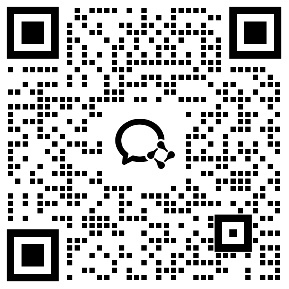- 相關(guān)推薦
Scientific Theories
In science, a theory is a reasonable explanation of observed events that are related. A theory often involves an imaginary model that helps scientists picture the way an observed event could be produced. A good example of this is found in the kinetic molecular theory, in which gases are pictured as being made up of many small particles that are in constant motion.
A useful theory, in addition to explaining past observations, helps to predict events that have not as yet been observed. After a theory has been publicized, scientists design experiments to test the theory. If observations confirm the scientist's predictions, the theory is supported. If observations do not confirm the predictions, the scientists must search further. There may be a fault in the experiment, or the theory may have to be revised or rejected.
Science involves imagination and creative thinking as well as collecting information and performing experiments. Facts by themselves are not science. As the mathematician Jules Henri Poincare said, "Science is built with facts just as a house is built with bricks, but a collection of facts cannot be called science any more than a pile of bricks can be called a house."
Most scientists start an investigation by finding out what other scientists have learned about a particular problem. After known facts have been gathered, the scientist comes to the part of the investigation that requires considerable imagination. Possible solutions to the problem are formulated. These possible solutions are called hypotheses.
In a way, any hypothesis is a leap into the unknown. It extends the scientist's thinking beyond the known facts. The scientist plans experiments, performs calculations, and makes observations to test hypotheses. Without hypothesis, further investigation lacks purpose and direction. When hypotheses are confirmed, they are incorporated into theories.
【Scientific Theories】相關(guān)文章:
Scientific paper structure04-30
TEXT CLASSIFICATION TOWARD A SCIENTIFIC FORUM04-29
Imported Theories/Local Understandings: Part 104-30
Writing Lab Reports&Scientific Papers05-04
Winners of 2008 CAS Award for international Scientific Cooperation04-29
The nitrogen cycle, scientific uncertainty and policy relevant science04-29
Numerical Simulation Study on the Scientific and Methodological Aspects of the Brazilian Proposal04-30
How to establish a first-class international scientific journal in China?04-26






